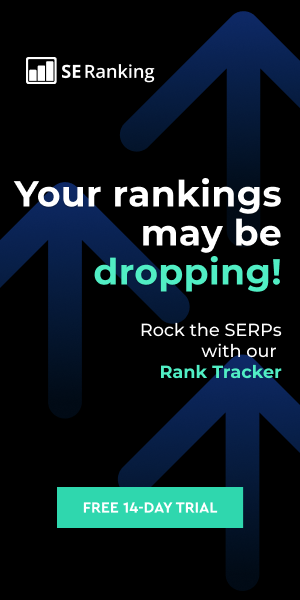As I’m sure you’re aware, SEO means search engine optimisation – the process of optimising websites or web pages so they rank organically on search engine result pages (SERPs).
SEO can be one of the most cost-effective marketing strategies for businesses, but results can take time to become effective. In recent years, alternative marketing techniques have become more and more popular, and one such technique is Pay-Per-Click marketing (PPC).
What is pay-per-click?

Pay-per-click marketing (PPC) is a form of digital advertising in which advertisers pay a fee each time someone clicks their ads, giving businesses an effective means of driving more visitors and increasing sales.
PPC ads can appear in search engine results pages, other websites and social media platforms. They may take the form of text ads, image ads or video ads – or sometimes all three at once!
PPC campaigns allow advertisers to set a maximum cost-per-click (CPC), which will then be compared against bids from other advertisers to determine where your ad will appear in an auction format.
Pay-per-click advertising offers immediate results – meaning that traffic to your site begins arriving almost instantly, which could result in an instant return on investment for your PPC campaign. As such, pay-per-click is an ideal way for businesses looking for quick ways to generate new customers.
What are the benefits of SEO over pay per click marketing?

SEO is an indispensable form of marketing. SEO involves optimising a website and its page content so they rank higher in SERPs. This will increase organic traffic and grow your business.
Additionally, SEO can also help to enhance the quality of a website’s content and make it more user-friendly, which is important because Google ranks websites with user-friendly navigation and quality content that is more trustworthy. This can result in higher SERP rankings and increased visibility for businesses while simultaneously giving them insight into their target audiences’ reactions and how their ads perform in terms of gaining new leads.
What are the drawbacks of SEO over pay per click marketing?

SEO is an integral component of digital marketing strategies, helping companies optimise their websites to generate organic traffic and drive new business for themselves. SEO offers one of the most cost-effective and profitable means of driving new customers directly to your business.
However, PPC ads can be highly targeted to ensure they reach the appropriate people at just the right time and place. Unfortunately, this can become costly and reduce budget constraints.
SEO refers to a collection of techniques used to increase visibility and ranking on unpaid SERPs. SEO campaigns typically offer stronger returns than PPC, yet take much longer for results to appear which can be difficult for businesses looking for immediate leads and sales generation.
Which is better for my business?

SEO and PPC should both play an essential part of a comprehensive digital marketing strategy, but it’s essential to remember that they work best when used together rather than as rivals.
SEO may take longer, but is ultimately more cost-effective in the long run and can help increase organic traffic. PPC offers immediate results – perfect if your business needs traffic quickly! So it very much depends on the needs of each individual business when it comes to deciding between these tools, but ideally you want to be using one to support the other!
Conclusion
The needs of every business will be different, so the best strategy for one business won’t necessarily make sense for you. PPC marketing is a great short term tactic for businesses looking for an immediate return on their investment, but over the long term SEO is a guaranteed way to build your online presence and create organic traffic.
Most businesses will most likely need to utilise both of these tools at some point, so I would recommend becoming comfortable with both options sooner rather than later.










